Introduction
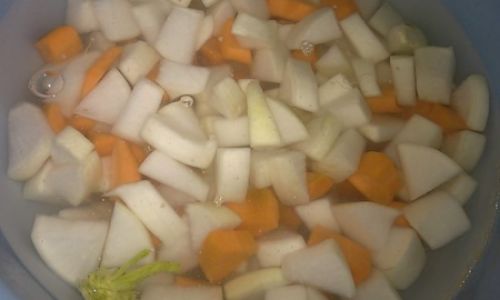
Pickling radishes is a timeless culinary tradition that transforms these crisp, peppery vegetables into a delightful and versatile condiment. Whether you enjoy them as a tangy side dish, a crunchy topping for salads, or an unexpected burst of flavor in sandwiches, pickled radishes offer a unique blend of acidity, sweetness, and heat that can elevate any meal. This comprehensive guide will walk you through the process of how to pickle radishes, from selecting the perfect produce to crafting your own custom brine, ensuring you achieve the perfect pickled radishes every time.
Section 1: Choosing the Right Radishes
The first step in pickling radishes is selecting the right variety. While there are numerous types of radishes available, some are better suited for pickling than others. Here are a few key considerations:
- Variety: Opt for smaller, more tender varieties such as French breakfast, cherry belle, or watermelon radishes. These tend to have a milder flavor and a more consistent texture after pickling.
- Freshness: Ensure your radishes are fresh, with firm flesh and vibrant skin. Avoid those that are soft, bruised, or have started to sprout.
- Size: Uniformity in size is crucial for even pickling. Smaller radishes will pickle more quickly and uniformly than larger ones.
Section 2: Preparation and Cleaning
Once you’ve chosen your radishes, it’s time to prepare them for pickling. This involves a few essential steps to ensure cleanliness and consistency:

- Trimming: Remove the tops and roots of the radishes. For smaller varieties, you can pickle them whole. Larger radishes may need to be halved or quartered for even pickling.
- Cleaning: Thoroughly wash the radishes under running water to remove any dirt or debris. Use a vegetable brush if necessary to scrub away any stubborn soil.
- Drying: Pat the radishes dry using a clean kitchen towel or paper towels. Excess moisture can affect the brine’s consistency and could lead to mold.
Section 3: Crafting the Perfect Brine
The brine is the lifeblood of pickling, providing the acidity, flavor, and preservation qualities that turn fresh radishes into pickled treasures. Here’s a basic brine recipe, along with tips for customization:
-
Basic Brine Recipe:
- Ingredients:
- 1 cup distilled white vinegar (for a classic tang)
- 1 cup water
- 2 tablespoons sugar (adjust to taste for sweetness)
- 2 tablespoons kosher salt (adjust to taste for saltiness)
- 1 teaspoon pickling spices (such as mustard seeds, dill seeds, and peppercorns)
- 1 clove garlic, sliced thin (optional for garlic flavor)
- 1 small red chili pepper, sliced thin (optional for heat)
- Instructions:
- In a medium saucepan, combine the vinegar, water, sugar, and salt. Stir until the sugar and salt are fully dissolved.
- Bring the mixture to a gentle simmer over medium heat. Add the pickling spices, garlic, and chili pepper (if using). Allow the brine to simmer for about 5 minutes to meld the flavors.
- Remove the brine from heat and let it cool to room temperature. It’s important to use cooled brine to avoid cooking the radishes.
- Ingredients:
-
Customization Tips:
- Acidity: Adjust the vinegar-to-water ratio to your preference. More vinegar will yield a tangier pickle.
- Sweetness: Experiment with different sugars (honey, maple syrup, or agave nectar) for unique flavors.
- Spices and Herbs: Add your favorite spices and herbs to the brine, such as bay leaves, coriander seeds, or fresh dill.
- Infusions: For added complexity, consider infusing the brine with citrus peels, ginger slices, or even a splash of apple cider vinegar.
Section 4: The Pickling Process
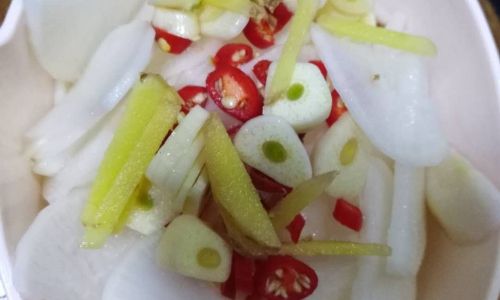
Now that your radishes are prepped and your brine is ready, it’s time to start pickling:
- Jarring: Choose clean, sterile glass jars with tight-fitting lids. If you’re reusing jars, ensure they’ve been thoroughly washed and sanitized.
- Packing: Pack the radishes tightly into the jars, ensuring they are submerged in the brine once poured. You can use a chopstick or small spoon to help pack them in without crushing.
- Pouring the Brine: Carefully pour the cooled brine over the radishes, ensuring they are completely submerged. If necessary, add additional vinegar or water to cover all the radishes.
- Sealing: Secure the jar lids tightly and shake the jars gently to distribute the spices and ensure even coverage.
Section 5: Storage and Waiting
Pickling is a process that requires patience. Here’s how to store your jars and what to expect as they pickle:
- Initial Storage: Place the sealed jars on a kitchen counter or in a cool, dark pantry. Avoid direct sunlight and extreme temperatures, which can affect the pickling process.
- Burping: For the first few days, you may need to “burp” your jars. This involves opening the lids slightly to release any built-up pressure and then resealing tightly. This helps prevent jars from breaking due to internal gas pressure.
- Waiting: The pickling process can take anywhere from a few days to several weeks, depending on your preferred level of tanginess and the size of the radishes. Smaller radishes and more acidic brines will pickle faster.
- Refrigeration: Once your radishes have reached your desired level of pickling, transfer the jars to the refrigerator to slow further fermentation and extend their shelf life.
Section 6: Troubleshooting and Tips
Even the most seasoned picklers can encounter issues. Here are some troubleshooting tips and additional advice:
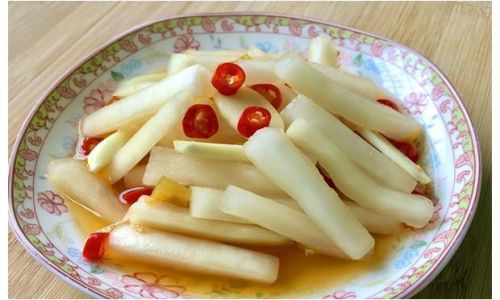
- Cloudy Brine: Cloudiness is often caused by natural bacteria and is generally harmless. If you’re concerned, taste a small amount of the brine to check for off flavors.
- Mold: If you notice mold growing on the surface of the brine or radishes, discard the entire jar immediately. This indicates improper sealing or contamination.
- Soft Radishes: Over-pickling can cause radishes to become soft. Taste-test periodically to avoid over-fermentation.
- Flavor Adjustments: If your pickled radishes lack flavor, consider adding a splash of vinegar or a pinch of salt to the jars before refrigerating.
Conclusion
Pickling radishes is a rewarding culinary endeavor that combines science, art, and patience. By following this comprehensive guide, you’ll be able to craft delicious, tangy pickled radishes that can be enjoyed throughout the year. Whether you’re a seasoned pickler or a novice, the joy of creating your own pickled radishes lies in the experimentation, the waiting, and the final, satisfying taste of your homemade creation. Happy pickling!
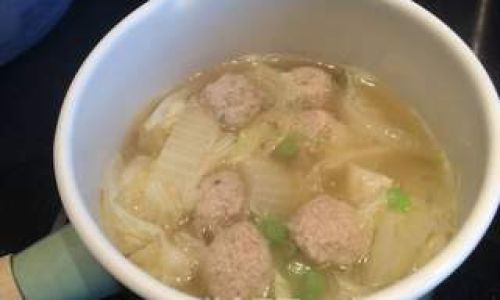
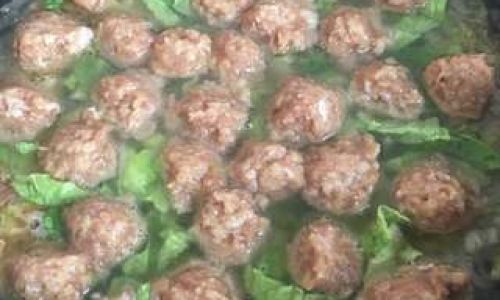
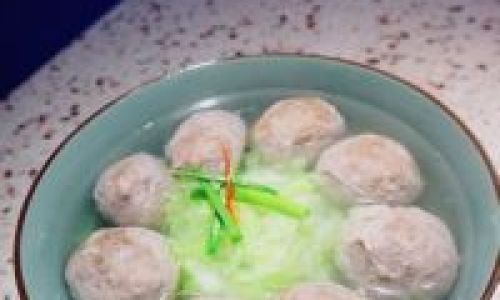
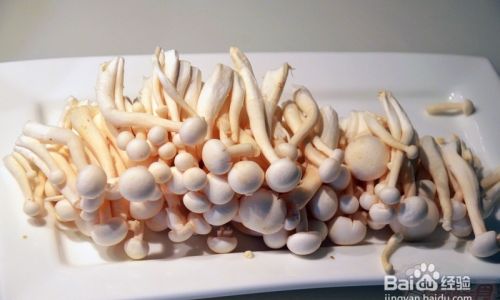
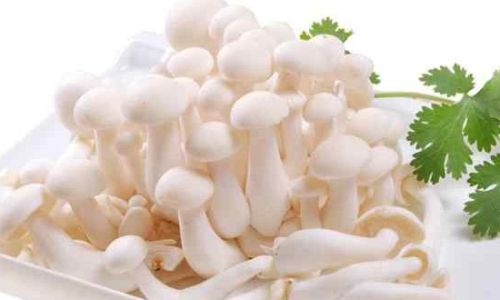

0 comments